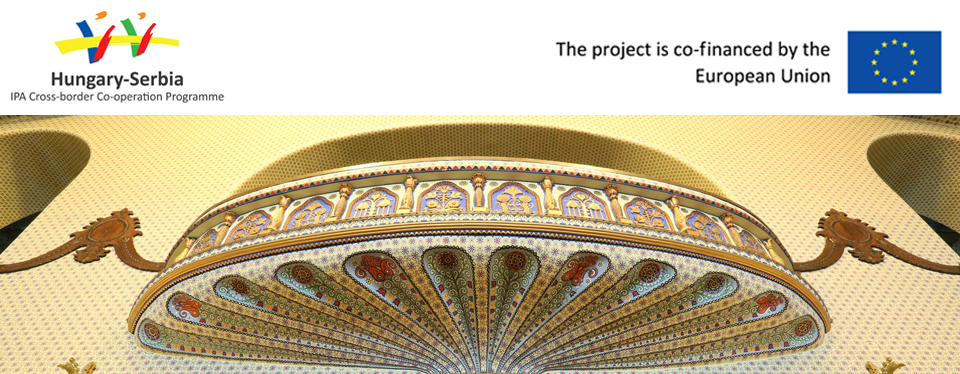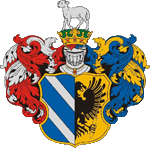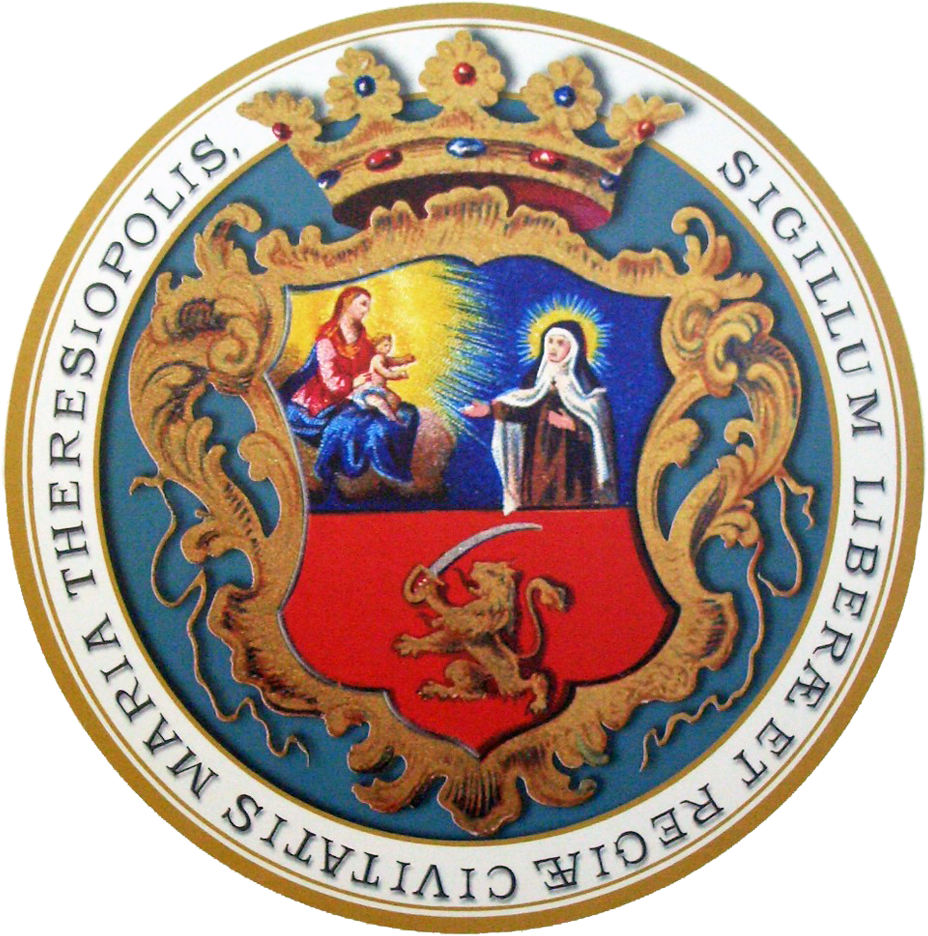The today’s cityscape of Subotica was established only within twenty years following the end of the 19th century, however, only the characteristic Art Nouveau buildings built at the beginning of the 20th century made it truly unique. Previously, the historic styles had been domineering the urban image of the city. The changes taking place in the late-19th century European arts, sciences and life style reached Subotica as well via Budapest. The city enjoying its prosperity took a rapid progress with its constructions, the streets received pavement, rows of trees and parks were established. Albeit the centre of the town had already been formed in which the architectural art of the historic styles were dominant, the buildings representing the new intellectual spirit fit in the cityscape with their due moderateness, and indeed, owing to their role and functionality, they slowly started prevailing. This is the reason why Subotica deserved the name: City of the Art Nouveau.
The turn of the century changes quickly reshaped the urban architecture in Subotica in which two branches of the Art Nouveau movements could also be distinguished. The propagation of the new architectural schools started with Simon Leovics’s dwelling house. The beginning of the 20th century was also the time when the Lechner following architects from Budapest made their appearance: Marcell Komor (1868–1944), Dezső Jakab (1864–1932) and the Vágó Brothers, József Vágó (1877–1947) and László Vágó (1875–1933). They were joined by the local ones, Titusz Macskovics (1851–1919), Mátyás Salga and others. For the Hungarian national characteristic Art Nouveau, the fact that the new public buildings were being built in the centre of the city meant an advantageous position. Though with the early works of Ödön Lechner, the new style found home in Subotica, in a well-marked form, it only appeared when his followers and disciples, architects Marcell Komor and Dezső Jakab from Budapest arrived in Subotica. The buildings of that time became the symbols of the period: the Synagogue (1902), the City Hall unveiled in a spectacular ceremony in 1912, and the truly unique building complex of the Palics Spa. Though Ferenc Raichl J. made Subotica richer only with a few houses, his family mansion elevated its creator into the rank of the most prominent Art Nouveau architects of Europe.
The striking results did not wait long to become visible since the first buildings that represented the new stylistic features were being constructed one after another in the flourishing era of the Art Nouveau. The local architects were rather inspired by Vienna, and they preferred to apply the geometrical and floral motifs, but they also liked the serene, dreaming female figures with flying hair, which later became the Subotica architects’ prevalent motifs. The change took place later, upon raising Miksa Dömötör’s Palace, and it started gaining ground owing to the influence of the Budapest Vágó Brothers. They had an effect on the Subotica architects, primarily on Salga and Macskovics. They acted as mediators in spreading the ornamentation techniques represented by Otto Wagner in Vienna.
The Hungarian variant of the Art Nouveau did not only bring about new aesthetic values, materials and use of colours on the facades but with its structural innovations, it also determined the essence of the buildings. The strict and boringly repeated facade forms of the new styles were taken over by the stylized motifs of Hungarian folk arts. The peacock feather, heart, leaf and tulip entwined into a national symbol. They run across the facade cast in plaster, or formed in Zsolnay ceramics and terracotta, and most frequently, in wrought iron masterpieces. These motifs penetrated the interior of the buildings as well, where owing to the craftsmen’s skills, they got softened into playful, fine lines and attractive patterns. These ornaments make a magnificent show in the staircases and halls either in the forms of ceramics, or in the stained glass windows with their bright colours and floral motifs. Nevertheless, the range of details making up the unity of the buildings, the accessories made from wrought iron, yellow copper, red copper, and the decorative garlands further extends by appearing in the staircases, dwelling rooms, on the furniture and decorative objects as well. Industry, handicraft trade, architecture and arts united in the formation of this indivisible whole. The Art Nouveau, however, did not stop here since it also shaped the world view of many people.





